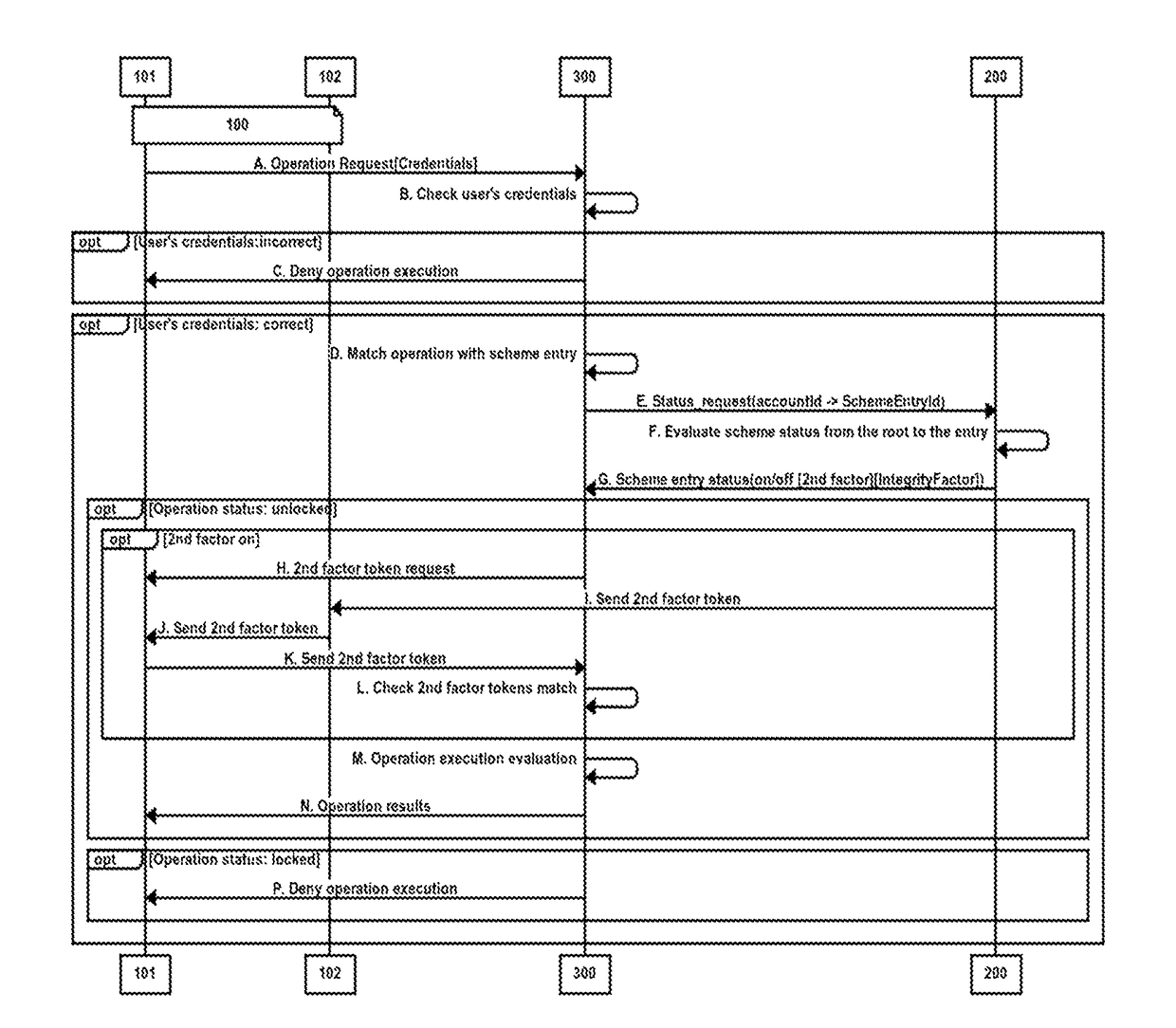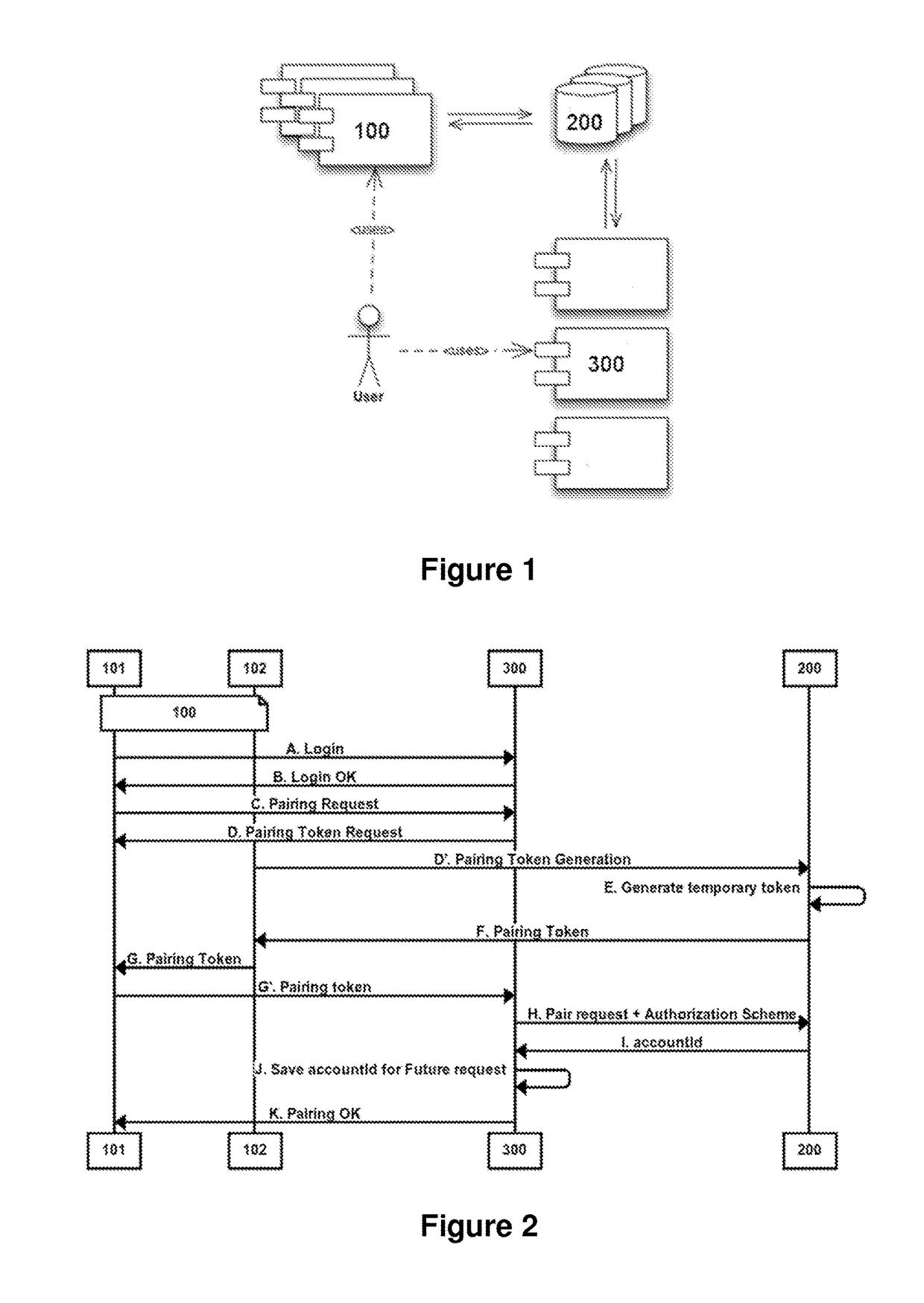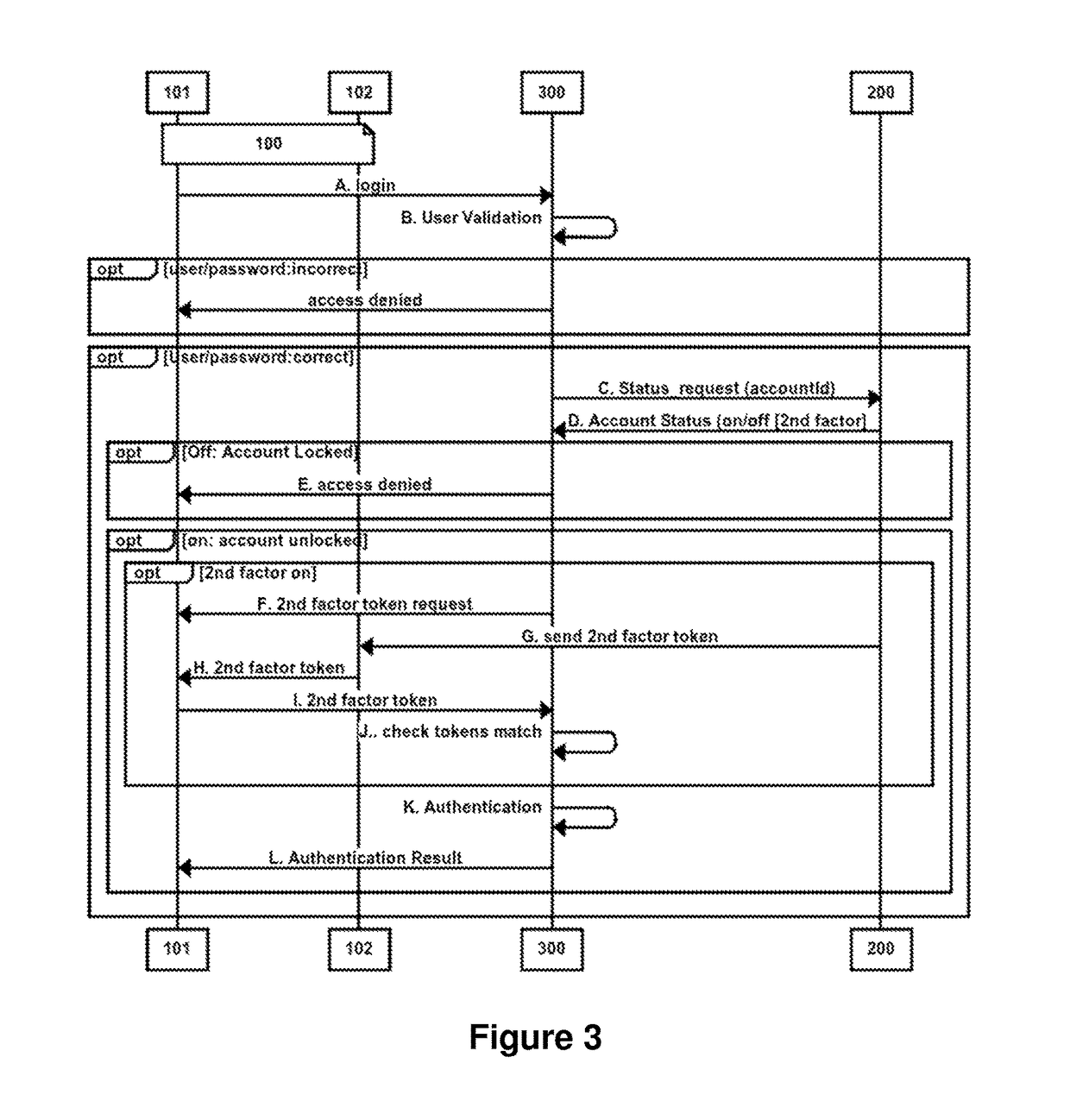Computer implemented method to prevent attacks against authorization systems and computer programs products thereof
a technology of authorization system and computer program, applied in the direction of transmission, electrical equipment, etc., can solve the problems of difficult to provide a general authorization scheme, too expensive to afford, and the way in which access to specific resources is performed
- Summary
- Abstract
- Description
- Claims
- Application Information
AI Technical Summary
Benefits of technology
Problems solved by technology
Method used
Image
Examples
Embodiment Construction
[0031]To achieve the above, the invention provides a solution to prevent several attacks related with authentication and authorization processes. This solution consists in a solution that is designed to limit the time in which an attacker is able to develop an attack. Therefore, this solution supposes a limit on the resources available to an attacker to organize and attack. First, the invention seeks to reduce the risk of an attack directed to an authentication / authorization process by temporarily blocking the operation execution mechanism. Thereby decreasing the period of exposure of these systems and, therefore, decreasing the chances of success of attack on the system. In addition, a first server or service provider can force the use of a second authentication phase (using an OTP infrastructure) for service providers who do not provide this option in their account management processes or even let the user activate it.
[0032]According to a first aspect there is provided a computer ...
PUM
 Login to view more
Login to view more Abstract
Description
Claims
Application Information
 Login to view more
Login to view more - R&D Engineer
- R&D Manager
- IP Professional
- Industry Leading Data Capabilities
- Powerful AI technology
- Patent DNA Extraction
Browse by: Latest US Patents, China's latest patents, Technical Efficacy Thesaurus, Application Domain, Technology Topic.
© 2024 PatSnap. All rights reserved.Legal|Privacy policy|Modern Slavery Act Transparency Statement|Sitemap



